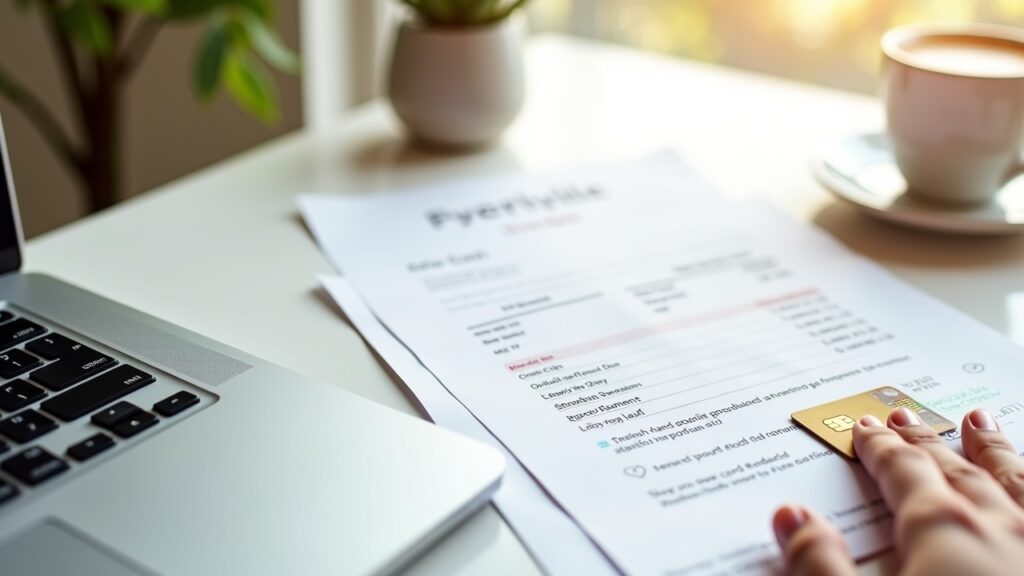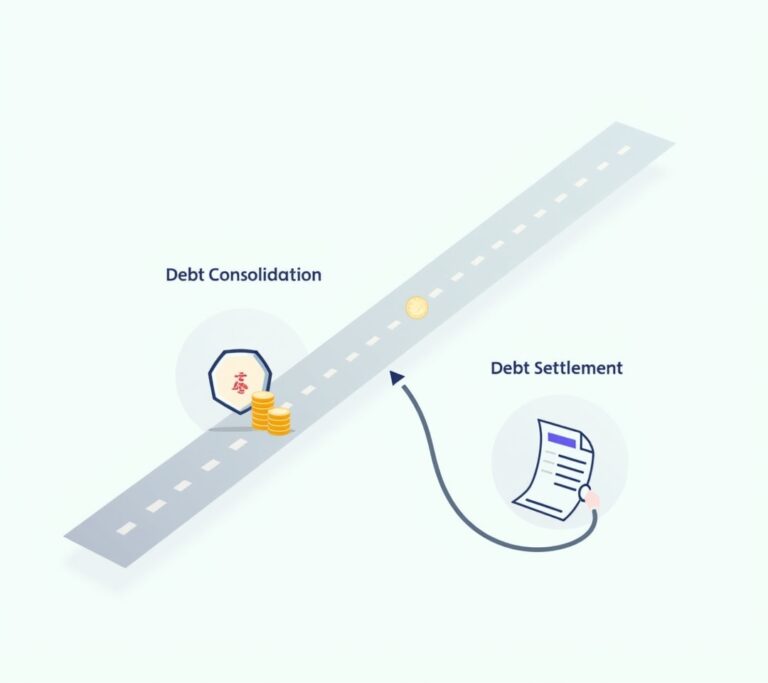Advertisements
Let me tell you, I’ve been there. Picture this: it’s 2019, I’m staring at a stack of credit card bills that seemed to multiply like rabbits, and my stomach’s doing somersaults. That’s when I discovered something that literally saved my financial life – credit card hardship programs!
These programs are basically your credit card company’s way of throwing you a lifeline when life gets rough. And trust me, they’re more common than you’d think. According to the Consumer Financial Protection Bureau, millions of Americans struggle with credit card debt, yet most don’t even know these programs exist.
What Exactly Are Credit Card Hardship Programs?

So here’s the deal – credit card hardship programs are special arrangements that card issuers offer when you’re going through tough times. Job loss, medical emergencies, divorce… you name it. These programs can temporarily reduce your interest rate, lower your minimum payment, or even waive certain fees.
I remember calling my credit card company with sweaty palms, expecting them to laugh at me. Instead? The rep was actually… nice? She explained that banks would rather work with you than have you default completely. Makes sense when you think about it.
The best part is these programs usually last between 3 to 12 months, giving you breathing room to get back on your feet. Some companies even offer permanent modifications if your situation is really dire.
When Should You Consider a Hardship Program?
Look, nobody wants to admit they need help. But here’s when you gotta swallow your pride:
- You’ve missed payments or are about to
- A major life event has decimated your income
- Medical bills are eating up your budget
- You’re choosing between groceries and credit card payments
I waited too long myself – three months of missed payments before I finally picked up the phone. Don’t be like me! The sooner you reach out, the more options you’ll have.
How to Apply for Credit Card Financial Hardship Assistance
Alright, here’s where the rubber meets the road. First thing’s first – gather your documents. You’ll need proof of income (or lack thereof), recent bank statements, and documentation of your hardship.
Call the number on the back of your card and ask for the hardship department. Pro tip: mornings are usually less busy. Be honest about your situation – they’ve heard it all before. I literally cried on my first call, and the rep just waited patiently.
Most companies will want to know your monthly income and expenses. Have these numbers ready! They might offer several options, so don’t just accept the first one. I learned this the hard way when I later found out I could’ve gotten a better deal.
What to Expect from Different Credit Card Companies
Not all hardship programs are created equal, folks. Major credit card issuers have different approaches:
Chase tends to be pretty flexible with their payment plans. They offered me a 60-month repayment plan at 0% interest – can you believe that? Bank of America was good too, though their programs are usually shorter.
Capital One has something called “payment programs” that can reduce your APR significantly. Discover’s pretty generous with fee waivers. Just remember, each company’s got their own rules, and what works for your buddy might not work for you.
The Impact on Your Credit Score (The Part Nobody Talks About)
Here’s where things get a bit tricky. Some hardship programs will show up on your credit report as “paying under a hardship agreement” or something similar. Yeah, it stings a little.
But here’s the thing – a temporary ding to your credit is way better than defaulting completely. My score dropped about 50 points initially, but it was already tanking from missed payments anyway. Within a year of completing the program, I’d gained most of it back.
Some programs don’t report at all if you keep up with the modified payments. Always ask about this upfront! It’s a totally legit question.
Alternatives to Consider

Look, hardship programs aren’t your only option. You might also consider:
- Balance transfer cards (if you still qualify)
- Debt consolidation loans
- Credit counseling services
- Debt management plans through nonprofits
I actually tried a nonprofit credit counseling agency first. They were helpful but ultimately, dealing directly with my card companies worked better for my situation.
Making the Most of Your Fresh Start
Getting into a hardship program is just the beginning – trust me on this one. You’ve gotta use this time wisely to avoid ending up back in the same spot.
Create a realistic budget and stick to it. I know, I know, budgeting is about as fun as watching paint dry. But it works! Cut up the cards if you have to (I kept mine in the freezer – seriously). Build an emergency fund, even if it’s just $20 a month.
Most importantly, don’t be too hard on yourself. Financial hardship happens to good people all the time. What matters is that you’re taking steps to fix it. You’ve got this!
Remember, reaching out for help isn’t a sign of failure – it’s a sign of wisdom. If you’re struggling with credit card debt or other financial challenges, there’s no shame in exploring your options. For more tips and real-world advice on managing your money, check out other posts at The Clear Cents. We’re all in this together, and sometimes the best financial move is simply asking for help.




[…] earlier! For more tips on managing your money and building financial health, check out other posts at The Clear Cents. We’re all about making cents of this stuff […]